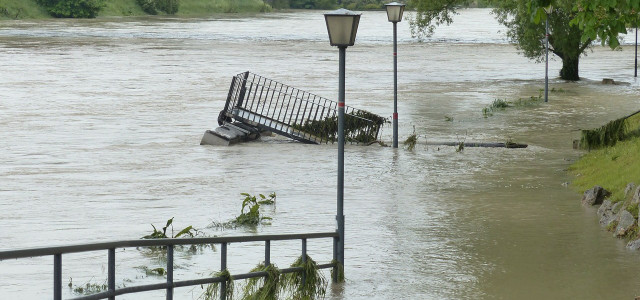Environmental remediation is a method of removing harmful contaminants from our environment. In this article, we'll look at different types of remediation and why they matter.
Environmental remediation is an approach aimed at reducing contaminants from soil and water or areas exposed to radiation. It is most commonly applied to places most at risk from chemical, nuclear, or waste exposure. It is a legal requirement under the Clean Air Act of 2006 (amended 2016) by the EPA that such sites must satisfy this risk to an acceptable level. Here, the level of risk is determined by the type of industry, exposure to public and environmental health.
It is a method that should be built into the operations of industries likely to contaminate or damage the environment from their activities, such as mining, extraction, or energy generation sites. These industries are often required by law to perform internal monitoring or contract a third party to assess the need for remediation. If this isn’t done, the environment can be damaged for years without anyone knowing.
While not all industries and operations are required to undertake remediation, the EPA expects all companies and organizations to understand how the materials they manage could affect the environment and people’s health. This aspect is vital for understanding why and when environmental remediation is needed.
Why Do We Need Environmental Remediation?
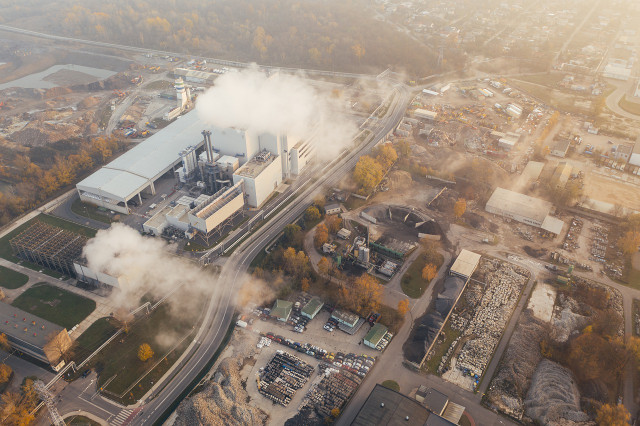
(Foto: CC0 / Pixabay / marcinjozwiak)
To understand why environmental remediation is so crucial, we first need to look at the areas most at risk of exposure and the knock-on effects of damage in these areas. Soil, water, and air are the essence of life on earth. But they are continually at risk of inorganic and biological pollutants. Contaminants absorbed directly or indirectly by humans can be fatal, and the damage to the ecosystem is often irreparable.
According to a remediation document published by the International Atomic Energy Agency (IAEA), poor remediation practice and regulation have been the cause of many past instances of contamination. The magnitude and level of exposure can be far worse than we might imagine. Remediation is necessary before environmental hazards become full-blown catastrophes.
Difference Between Environmental Remediation and Mitigation
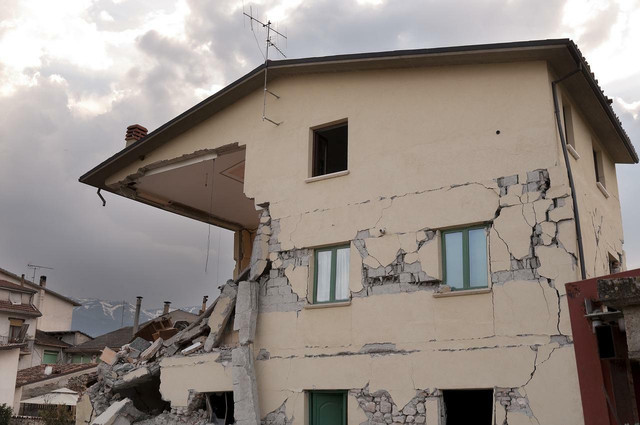


(Foto: CC0 / Pixabay / Angelo_Giordano)
Remediation is typically focused on how we can treat contaminants in the soil and water to restore them to previous levels or improve them. The underlying assumption is that the threat can be removed or eradicated.
Similarly, mitigation works to deal with threats to the environment, but usually, the presumption is that the threat cannot be entirely eliminated. In essence, mitigation is a form of damage control.
6 Examples of Environmental Remediation
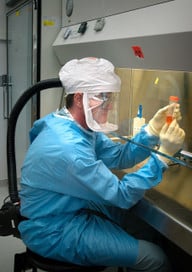


(Foto: CC0 / Pixabay / FotoshopTofs)
The U.S. Bureau of Labor Statistics distinguishes between remediation carried out on land (including topsoil as well as sediment) or water (including ground- and surface water). However, the technologies used often overlap with each other, as contamination can affect several of these areas at once. For instance, sedimentation remediation can concern both water and soil treatments. So, to make things simpler, we’ll look at the main types of soil and water remediation, and which technologies are commonly used to achieve them.
Soil and Sediment Remediation
Soil is an important part of the ecosystem. It provides nutrients, resources, and habitats essential to bacteria and plants. Typically, these are crops that communities rely on. The effects of soil damage can reduce crop yield, and those that do grow can absorb harmful materials that affect those that consume them. Scientists have discovered radioactive isotopes and heavy metals, such as mercury, lead, and arsenic in soil composition as a result of industrial emissions.
Similarly, sediment remediation aims to remove the build-up of harmful matter that settles in the soil at the bottom of a body of water. Remediation for soil and sediment can take place in-situ, meaning at the site of contamination, or ex-situ, where work is done off-site. To remediate these factors, there are different approaches suited to the type of contamination.
1. Microbial remediation
Microbial remediation is a soil treatment that can target heavy metal, waste, chemical, and inorganic contaminants such as crude oil. Microbes applied to the soil can break down pollutants into organic matter such as water, CO2, and protein. When these substances are released, the microbes feed on them, which lowers secondary CO2 emissions sent into the atmosphere. In research, scientists found that microbial remediation destroyed 62–75 percent of petroleum hydrocarbons in the soil within less than half a year. However, microbes, while inexpensive, are particularly sensitive to environmental change. For instance, they can be affected by changes in temperature, salinity, and oxygen in the soil. As a result, while microbial remediation is a useful tool, it has to be closely monitored to ensure effectiveness.
2. Soil washing
Soil washing is a remediation technique that targets heavy metal and chemical contamination. The soil is washed with a chemical additive and mechanically processed to separate contaminants from the soil. However, as the EPA describes, trace elements can still remain in the soil after washing, simply ending up in landfills.
3. SS remediation
SS stands for solidification-stabilization. The EPA describes this technology in two steps. First, with solidification, a binding agent is applied to the soil, such as cement and limestone. By adding water to this mixture, the heavy metals are contained and are unable to spread. Similarly, stabilization uses a binder mixed with water, but with the help of additives to stabilize the reactions of heavy metal compounds. The issue with this method is that it typically bears a high carbon footprint. Cement production accounts for 8 percent of the global CO2 emissions. However, it is a much more resilient and long-lasting approach compared to microbial remediation and soil washing. Moreover, in research, scientists have found that green SS technology where cement is substituted for low-carbon and natural binder, may be a solution to the problem of cement-based SS.
4. Biochar remediation
Biochar is a residue composed of carbon and ash that is widely used for heavy metal soil remediation. It works by absorbing and stabilizing heavy metal and organic elements. While it has been shown that biochar can be an effective measure against soil, water, and even air pollutants, it also can have adverse effects on the environment and health. From reduced plant growth, increased soil toxicity, and high Greenhouse gas emissions, more research is needed on the use of this type of remediation.
Water Remediation
Water is a source of life for most living creatures. Types of water pollutants can be chemical, biological, or even physical. Often, chemical plants and mining operations are the most common source of water pollutants. These industries and others can emit crude oil, fertilizer, pesticides, and hazardous waste into water supplies. In the case of fertilizers, eutrophication — that is, the growth of algae — has been well documented. Eutrophication spreads over the surface of the water, preventing light and oxygen from reaching organisms in the water. When these creatures die, it can trigger a loss of biodiversity, poor water quality, and even toxicity. Some common techniques for this type of remediation include:
5. Nanomaterial remediation
Nanomaterials are small particles engineered by nanotechnology. They can be made up of small organic or inorganic particles that are used to absorb, break down or degrade harmful matter. According to research, Nanomaterials can be as much as 99 percent effective in removing pharmaceutical chemicals from water. However, the high cost and potential health risks of this technology remain a barrier to commercial uptake.
6. Photocatalytic Remediation
This type of remediation is when light is used as a catalyst to break down pollutants in water. It is used with a metal oxide sensor — a type of sensor that has an oxidized metal surface, such as copper oxide. The surface creates a charge when exposed to light. And this releases highly ionized particles from the surface. The ionized particles attract pollutants to them and turn them into harmless substances. The process can remove harmful contaminants from the air and water without any polluting side effects. However, the downside of this approach is that it can also break down other particles, releasing equally dangerous substances in the process. In a 2013 study, scientists observed it released a poisonous gas called phosgene, similar to mustard gas.
What Does Environmental Remediation Look Like in the US?
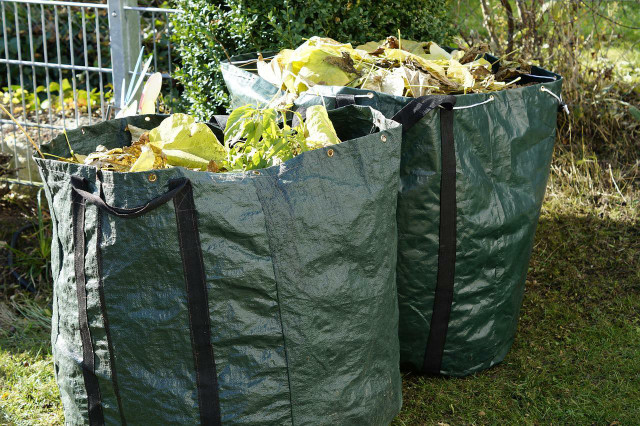


(Foto: CC0 / Pixabay / Efraimstochter)
The EPA has recently begun to move from mitigation to targeting remediation. They are currently working on gathering more data on the technologies and applications of environmental remediation. They have brought in large-scale laboratories to conduct testing in cities, buildings, and urban areas in the US. As well as developing tools to help the public and businesses learn about the advantages and disadvantages of remediation technologies. These tools can be used by local communities to gain insights into how to test, respond and decide on the correct technology for their area. But there are also steps you can take at home to help remediate pollution:
- Organize a community clean-up (make sure you check with EPA guidance before working with contaminants).
- Teach others about the importance of environmental remediation.
- If you suspect contamination, report it to your local authority.
Read more:
- Carbon Emissions in the US: What We Have to Change
- 6 Solutions to Deforestation – and What You Can Do
- Zero Waste Lifestyle Guide: Simple Tips Towards Sustainable Living
Do you like this post?







